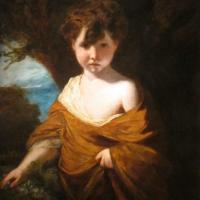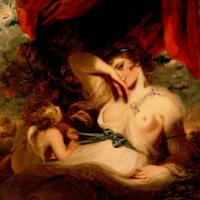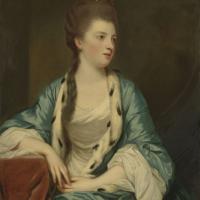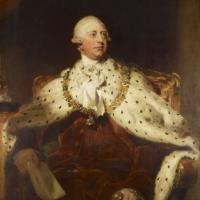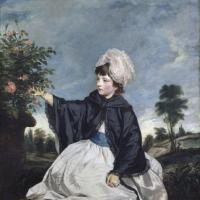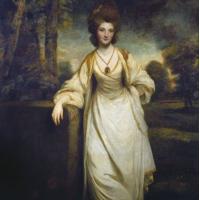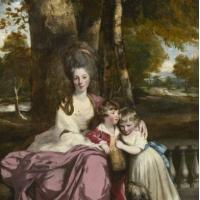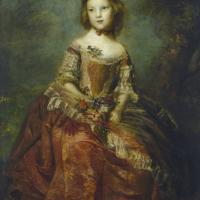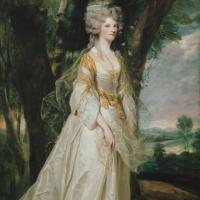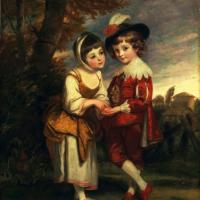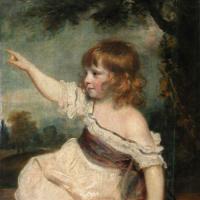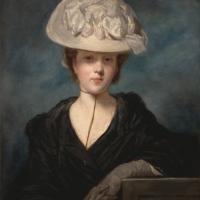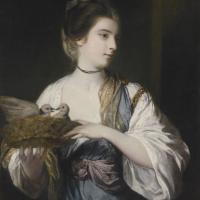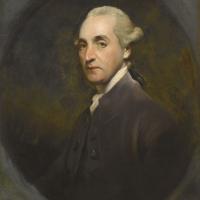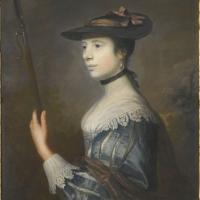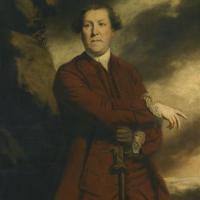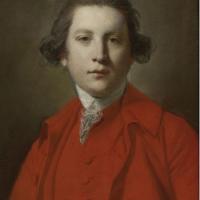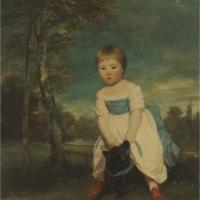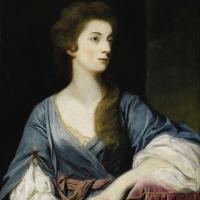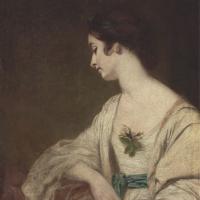Sir Joshua Reynolds
Boy With Grapes
$480.00
George III
$480.00
John Musters
$480.00
Lady Caroline Howard
$480.00
Lady Elizabeth Compton
$480.00
Lady Elizabeth Hamilton
$480.00
Lady Sunderlin
$480.00
Master Hare
$480.00
Miss Beatrix Lister
$480.00
Miss Mary Hickey
$480.00
Nancy Reynolds With Doves
$480.00
Portrait Of Anne Sneyd
$480.00
Portrait Of Charles Blair
$480.00
Portrait Of Mrs Collyear
$480.00
Sir Joshua Reynolds
Sir Joshua Reynolds (1723-1792)
Joshua Reynolds , born on July 16, 1723 in Plympton (in) ( Devon ) and died February 23 , 1792 in London , is a painter , writer and essayist UK .
Specialized in portraiture , he is the first president and co-founder of the Royal Academy
According to Pierre Rosenberg (1985), "Reynolds, ambitious, combines in his historical portraits, intellectualism and romanticism with a new psychological audacity, unknown at this time in continental Europe".
Born July 16, 1723 in Plympton (in) in Devon , Joshua is the third son of the Reverend Samuel Reynolds, head of the free grammar school in the city. His father, well-known and very open-minded, who had a brother in charge at Oxford , did not send any of his children to university, probably because of lack of means.
Growing up in a literate environment with the beautiful family library, the young Joshua is passionate about literature and ideas. One of the contemporary thinkers who marked him all his life remains the priest Zachariah Mudge (1694-1769) whose whole thought is modeled by Plato . On the theoretical and artistic level, he had an annotated copy of Jonathan Richardson's essay , Theory of Painting (1715). He read the writings of Leonardo da Vinci , Charles-Alphonse Du Fresnoy and André Félibien .
Humphrey, his older brother, lieutenant, drowned in 1741. Robert, his second brother, is a hardware storekeeper in Exeter . The father plans for his third son an apothecary career . Joshua's eldest sister, Mary Palmer (1716-1794), who admired her early drawings, seems to have had a great influence on her artistic destiny. It is she, who, in 1740, provides the £ 60, a part of the registration fees for the courses of the portrait painter Thomas Hudson , and it is again she who will pay the costs of the trip to Italy in 1749. It is unclear what ultimately led Reverend Reynolds to yield to his son's desire to be an artist: still, in October 1740, 17-year-old Joshua joined the London studio of Thomas Hudson, also an artist from Devon.
The apprenticeship contract is for a period of four years: Reynolds left Hudson in the summer of 1743. Their relations remain cordial, we do not know the reason for this rupture; however, two period testimonies report the existence of a quarrel. Returning to his homeland, he is known as a portrait painter at Plymouth Dock , between the fall of 1743 and the summer of 1744.
In 1775 he was elected a member of the Florence Academy and in 17778, his first seven Discourses were published.
He suffered two strokes in 1779 and 1782, but continued to travel to the Netherlands in 1781 and 1785. On the death of Ramsey in 1784, he was appointed the King's First Painter, despite George's personal antipathy. III . Its growing myopia in the late 1780s led to a decrease in production. He exhibited for the last time at the Royal Academy in 1790.
According to her friend the novelist Frances Burney , towards the end of her life Reynolds is deaf and uses an acoustic horn ; she adds that he possessed "a disposition of character that put everyone at ease in his society" , which is confirmed by Samuel Johnson , Edmund Burke or William Makepeace Thackeray .
After losing the use of the left eye in 1789 , he died onFebruary 23, 1792in London at Leicester Fields (currently Leicester Square). He is buried in St. Paul's Cathedral .
His prosperity allowed him to make a large collection of paintings.
Highly sought after at the end of the 1750s, Reynolds set up a workshop structure at his home, where, hierarchically, there were different kinds of assistants, women and men, more than students, strictly speaking, and to whom he transmits not so much his ideals as his techniques: by the incredible mass of portraits produced, because he was also known for keeping up with his deadlines and always maintaining a good mood, we know that he had his helpers backgrounds of his compositions, in any case the final glaze, or even smaller copies of some originals (which, once completed, then exposed, went to the sponsor); In any case, he had copies of his originals and miniature portraits produced, which made it possible to earn enough to pay for the ordinary of a collective structure that was certainly difficult to manage and where his sister Frances played a very important role of stewardship. . He is always the author of the initial sketch, and does not hesitate to cover whole sections of certain reasons that he considers unsatisfactory; he worked his palette, sometimes with dubious results, the mixtures deteriorating with time (he is obsessed with the secret of the rendering of lights in some old painters), which he was aware. This workshop is especially a place of meetings, parties, discussions, exchanges. Painters and thinkers, politicians and businessmen meet there as in a club or a salon, in the image of what happens in the France of the Enlightenment.
If he teaches, it is on a theoretical level, in the framework of the Royal Academy and in front of students who were enrolled there free, from 1769 (inaugural speeches, conferences), but rarely in the form of courses of practical training. On the other hand, in terms of engraving , he develops and supervises, always in his studio, the translation of all his work painted in the form of etchings and calls upon dozens of aquafortists whose work he controls; it also ensures the printing and distribution of prints , and at the same time, its notoriety wins the bourgeois classes. This way of proceeding, to control the whole chain of production, inherited from William Hogarth , brings him closer to the first masters of the Renaissance ( Andrea Mantegna , Michelangelo ) of which he was very in love: besides, his last Discourse on Art exhorts the students to find the path of Michelangelo . Incidentally, it was John Ruskin , years later, who took over this quest for origins. Disturbing, Reynolds is both a conservative and an innovator: it is a modern in the sense that, very intuitive, he finds and synthesizes the creative forces of the past that he experiments to reinject them into his creations. While the art market in London is essential to 1780-1790, we can see Reynolds as a relay, a mediator, and his love of training influence on artists of the XIX th century and lovers of art in general, is considerable.
Among the painters who worked alongside Reynolds were Pierre-Étienne Falconet (1766), James Barry (1771), and Joseph Mallord William Turner (1789-1792).


